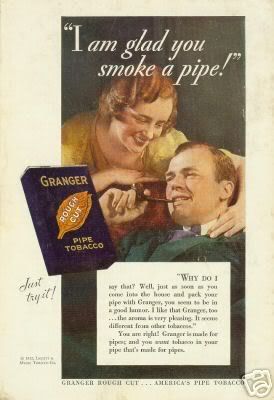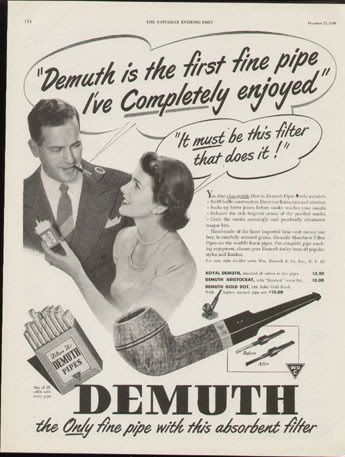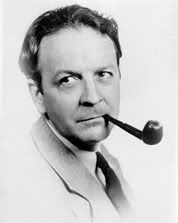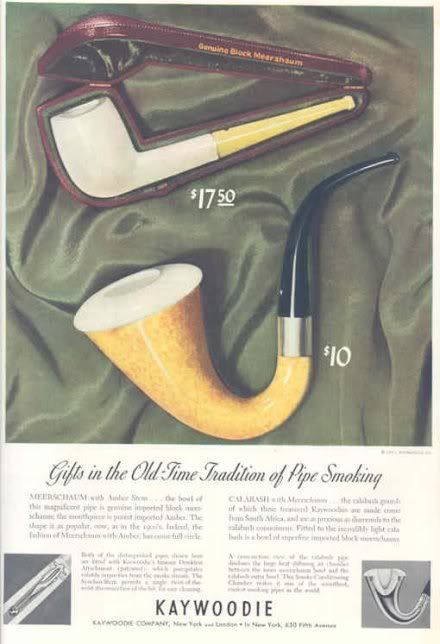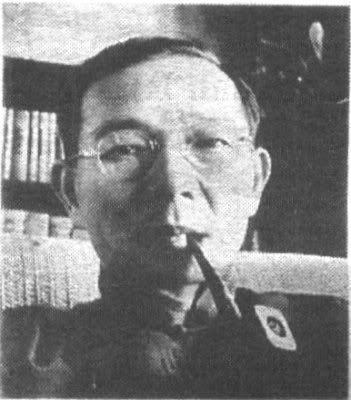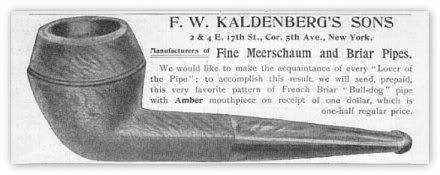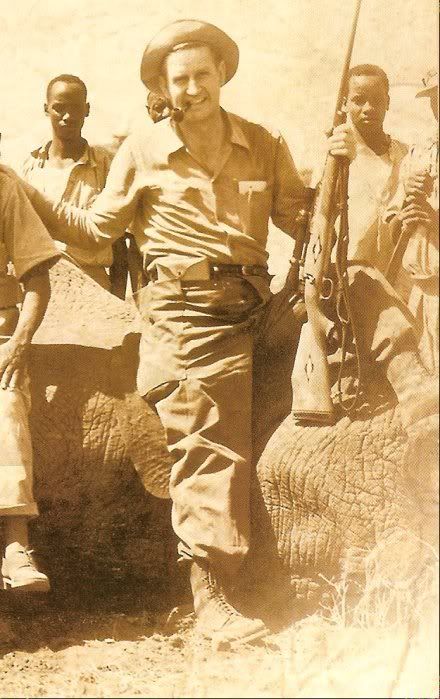
Roy Weatherby (1910-1988)
In the 1940s, Roy Weatherby became disappointed by the performance of available hunting ammunition and decided to create some new cartridges of his own. He was convinced that a small, fast bullet would provide better results than a big, slow bullet. He was a man of tremendous energy and enthusiasm, and in 1945 he quit his job to start his own company to develop and produce what he believed would be better hunting cartridges.
Some of his ideas regarding ballistics might seem downright ludicrous. Of his African hunting he once wrote, "I shot him with my .257 Magnum, hitting in the front leg only, high toward the shoulder ... nothing can withstand the shock of high velocity bullets,
even when not hit in a vital spot." (Emphasis mine).
Later, a Cape buffalo escaped after being shot four times: first with a .375 Weatherby, two more times with a .300, and finally once more with a .470. This seemed to have changed his mind somewhat: "You must hit them right unless the bullet has sufficient velocity to disintegrate. Now, I am going to try the 87 gr. .25 caliber on them -- this may have the shock we are after."
He was convinced that hydrostatic shock would kill big game, regardless of shot placement. Although sometimes he seemed to disprove his own theories, he still stuck to old ideas that extremely fast velocity was more important than where the bullet hit.
A 1948 diary entry: "I'm disproving all my own theories and everyone else's ... the bullet must be traveling at a certain velocity when it hits the animal in order to kill by shock, no matter where it hits."
A 1951
Gun Digest article: "It doesn't matter whether you shoot (a game animal) in the ham, the ribs, the paunch, or the shoulder; you do not have to hit the heart, the lungs, or the spine in order to kill when using a bullet that disintegrates inside his body. I recommend you try a .25-caliber bullet travelling at 4,000 fps to shoot your next game animal, whether it be deer, moose, or African buffalo."
He carried this idea to what seems to me ridiculous extremes, as evidenced by this quote which seems to say you don't even have to hit the animal: "Government experiments with projectiles traveling 10,000 fps show the devastating results that can someday be expected ... they shot over the backs of animals with these guns, missing by only a fraction of an inch. The animals jumped several times their normal ability to jump and fell dead. Autopsy revealed every blood vessel was ruptured in the area over which the bullet passed. It worked with shock waves in the air..."
[Bullsh*t! --ed.]He did develop many high-velocity, flat-shooting cartridges that proved themselves excellent for hunting big game. Although at first he used Mauser actions (and others) for his rifles, in 1957 he developed what is now known as the
Mark V--a new bolt action strong enough to handle his very powerful and fast magnum cartridges.
The
Weatherby company still produces high quality rifles and shotguns as well as a wide range of ammunition. Weatherby cartridges range from the zippy .224 Weatherby Magnum (55 grain bullet, 3650 fps MV and 1627 fpe ME) to the big-game-stopping .460 Weatherby Magnum (500 grain bullet, 2600 fps MV and 7500 fpe ME).
Regardless of his controversial theories on hunting ballistics, Roy Weatherby's creations have become pretty much legendary in the world of hunting. With one of his rifles and the proper cartridge, one can hunt any animal that walks the earth.


